What Happened on Vintém Hill?: The Mystery of the Lead Masks
 It took years for the grass to grow again at the site where they died. Though much about their deaths and the events that led up to them has puzzled readers and legend seekers since that time, perhaps nothing stood out quite as much as that one curious fact. That, of course, and the masks they were wearing on their faces.
It took years for the grass to grow again at the site where they died. Though much about their deaths and the events that led up to them has puzzled readers and legend seekers since that time, perhaps nothing stood out quite as much as that one curious fact. That, of course, and the masks they were wearing on their faces.
The year was 1966. Manoel Pereira da Cruz and Miguel José Viana were friends working as electronic engineers; television repairmen, really, in the town of Campos dos Goytacazes, located in the northern area of Rio de Janeiro, Brazil. It was on August 17th when they left the area, telling their families they needed to buy work supplies, and hopped a bus heading southeast to Niterói, more than 3 hours and 160 miles away. On August 20th, 3 full days later, their bodies were discovered laying side by side on Vintém Hill by a young man named Jorge da Costa Alves who had been flying his kite at the time. They were dressed identically in suits, each wearing trench coat style weather resistant jackets and, covering their eyes, lead masks designed to protect one from exposure to radiation.
Jorge hurried home and alerted the police. Journalists, their curiosities piqued by the oddity, quickly arrived as well. Though Pereira da Cruz and Viana’s bodies were partially covered by vegetation, there were no sign of a struggle. They had no external injuries and the area seemed otherwise undisturbed.
Aside from the way they were dressed, and the lead masks upon their faces, the police made note of a few other strange items as well. Next to the bodies lay an empty bottle of water, a packet containing two towels, and a notebook with a bizarre and cryptic message scribbled inside. Translations from the Portuguese vary only slightly, but remain perplexing because of the grammatical and spelling errors contained in the note. It read: “16:30 estar no local determinado. 18:30 ingerir cápsulas, após efeito proteger metais aguardar sinal mascara.” Translated, this means: “16:30 be at the agreed place. 18:30 swallow capsules, after effect protect metals wait for mask sign.” Though one can make some sense of the message, including the deduction that the bottle of water was used to swallow some strange capsule, it is just incomplete enough to provide one more stumbling block in the way of solving the mystery. What was the effect they were waiting for? What was the mask sign? And why did they need protection from radiation to begin with?
ADVERTISEMENT
In the days that followed, good detective work was able to add a few more pieces to the puzzle. The shop where they purchased the trench coats was located, and it was discovered as well that they purchased the bottle of water at a bar. The waitress who served them made mention that Miguel Viana seemed nervous and frequently looked at his watch. Whatever Miguel and Manoel were doing, wherever they were going, one thing seemed certain: time was of the essence.
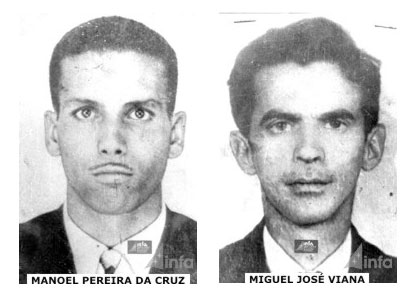 Autopsies conducted in the days following the discovery of their bodies, however, did not lend any answers. There simply was no cause that could be found as to why these men died. The capsules they swallowed may very well have had something to do with this, but we simply do not know. It should be noted here that toxicological exams; quite normal, particularly in a situation like this, were never conducted. Why? It seems that the coroner’s office was so backed up that the victim’s organs were merely left to rot, more of less making the testing of them useless for traces of poison or other contaminants by the time the coroner got around to the job.
Autopsies conducted in the days following the discovery of their bodies, however, did not lend any answers. There simply was no cause that could be found as to why these men died. The capsules they swallowed may very well have had something to do with this, but we simply do not know. It should be noted here that toxicological exams; quite normal, particularly in a situation like this, were never conducted. Why? It seems that the coroner’s office was so backed up that the victim’s organs were merely left to rot, more of less making the testing of them useless for traces of poison or other contaminants by the time the coroner got around to the job.
In the years since the tragedy, investigators have proposed several theories in an attempt to explain the events that transpired on Vintém Hill. One was that the two men were lured to the location by an unknown third party and murdered. Proponents of this idea point to the note, claiming the spelling and grammatical errors were due to the words being dictated by someone else, possibly in an attempt to take advantage of these men’s gullibility in order to rob them. Acceptance of this scenario requires several assumptions, however, it does seem to be true that the bodies of Pereira da Cruz and Viana were found without any money on their person.
Another contention is that the victims were wannabe time travelers, and that they believed they had discovered a wormhole of sorts through which to travel. Could the impermeable coats and lead masks have been protective gear meant to shield their bodies somehow? If so, why was it necessary to ingest the capsules?
Finally, the most popular belief is that Manoel and Miguel were UFO enthusiasts looking to make contact with extraterrestrial visitors. This particular belief also has some evidence, albeit anecdotal, to back it up. The victims were both said to be very intrigued by the mysteries of flying saucers, researching them extensively and, it is said, had even built a small laboratory for that very purpose. Vintém Hill had been something of a UFO hotspot, with strange hovering crafts being seen on a regular occurrence by the townsfolk. Even, some say, on the very day that Manoel Pereira da Cruz and Miguel José Viana made their final climb to the top.
Could this be the “mask sign” they were waiting for; the arrival of an alien spacecraft? Were the lead masks (which, by the way, these two technicians cut and sculpted themselves in their workshop) designed to protect them from radiation emanating from the ship? What, then, of the capsules? Or the two towels that were found alongside them? Could they have been using them, as Douglas Adams would write over a dozen years later in “The Hitchhiker’s Guide to the Galaxy,” to wave as a distress signal, or to use for warmth on their interstellar travels?

Whatever it was that happened on that hill, we can be reasonably certain of one thing: it wasn’t suicide; eerie correlations to the Heaven’s Gate UFO cult mass suicide of 1997 notwithstanding. The two men had obtained a coupon to return the bottle for a deposit back home, and even their story of needing to buy work supplies checked out: investigators found newly purchased electrical components among their personal effects. It seems clear they were not expecting this journey to be their last.
Among the facts, anecdotes and supposition, the simple truth is that we don’t know what happened that day in August 1966 on top of Vintém Hill, and we likely never will. Author Jacques Vallee, who profiled this case in his book “Confrontations,” wrote that, even years later, grass refused to grow at the location where the bodies were discovered. Though it seems reasonable to assume that the investigators who worked the scene sprinkled formalin around the area to aid in masking the smell of decomposition, and that this likely contaminated the soil, many remain unconvinced. They believe that something sinister, something perhaps even truly out of this world, was up there that day.
Some mysteries are meant to be solved. And some others are destined to linger on for years in the minds of the readers and adventure seekers that come across them. Whatever you think about what happened on Vintém Hill, the mystery of the lead masks and the fate of the two men who wore them seems primed to live on for years, perhaps even generations, to come. Truly, that is the stuff that legends are made of.
MORE GREAT STORIES FROM WEEK IN WEIRD:


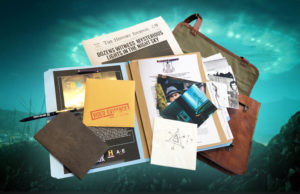
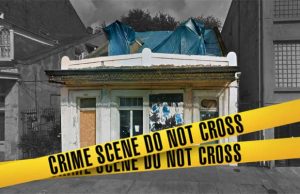
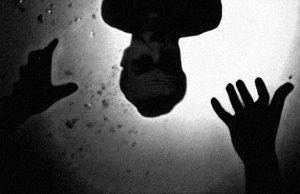
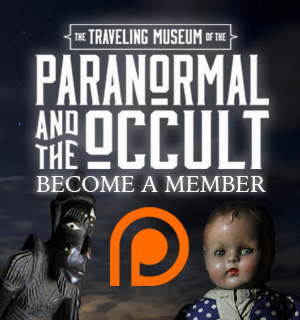
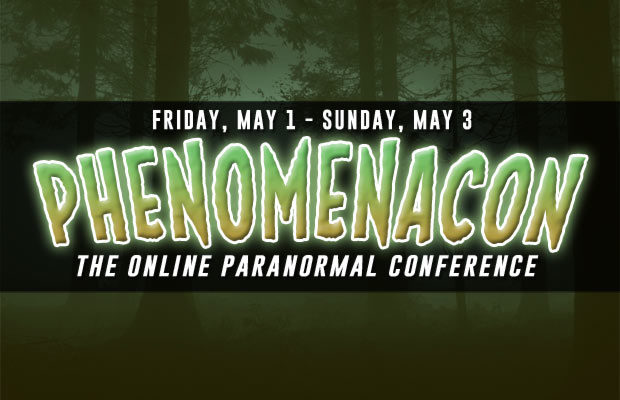
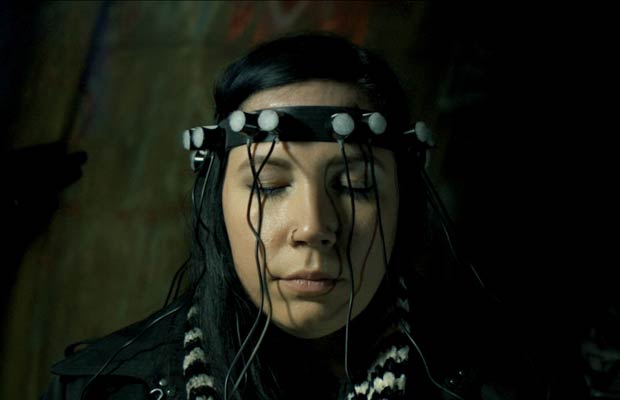

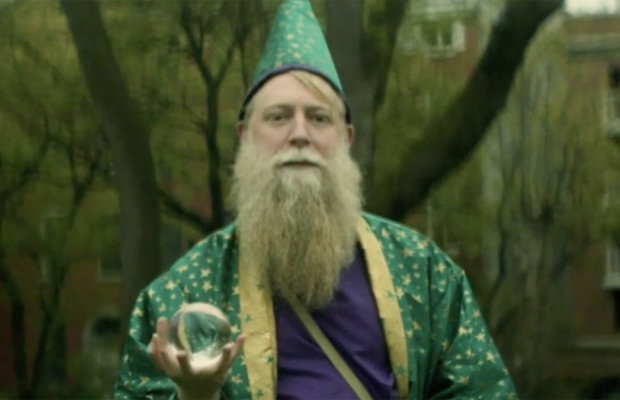

You must be logged in to post a comment Login